Atomically Precise Manufacturing of Silicon Electronics
- PMID: 38376086
- PMCID: PMC10919096
- DOI: 10.1021/acsnano.3c10412
Atomically Precise Manufacturing of Silicon Electronics
Abstract
Atomically precise manufacturing (APM) is a key technique that involves the direct control of atoms in order to manufacture products or components of products. It has been developed most successfully using scanning probe methods and has received particular attention for developing atom scale electronics with a focus on silicon-based systems. This review captures the development of silicon atom-based electronics and is divided into several sections that will cover characterization and atom manipulation of silicon surfaces with scanning tunneling microscopy and atomic force microscopy, development of silicon dangling bonds as atomic quantum dots, creation of atom scale devices, and the wiring and packaging of those circuits. The review will also cover the advance of silicon dangling bond logic design and the progress of silicon quantum atomic designer (SiQAD) simulators. Finally, an outlook of APM and silicon atom electronics will be provided.
Keywords: atomic electronics; atomic force microscopy; atomic quantum dot; atomic scale devices; atomically precise manufacturing; dangling bond; hydrogen terminated silicon; scanning tunneling microscopy; silicon quantum atomic designer.
Conflict of interest statement
The authors declare no competing financial interest.
Figures




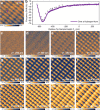
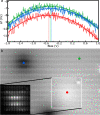


















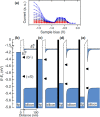


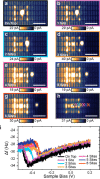







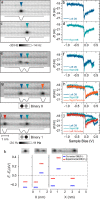






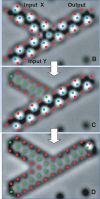




















References
-
- Solomon P. M. Device Proposals Beyond Silicon CMOS. Future Trends in Microelectronics 2010, 127–140. 10.1002/9780470649343.ch10. - DOI
-
- Rupp K.42 Years of Microprocessor Trend Data. https://www.karlrupp.net/2018/02/42-years-of-microprocessor-trend-data/ (accessed Dec 2023).
-
- Etiemble D. 45-year CPU evolution: one law and two equations. arXiv 2018, 1803.00254.10.48550/arXiv.1803.00254. - DOI
-
- Kim Y.-B. Challenges for Nanoscale MOSFETs and Emerging Nanoelectronics. Transactions on Electrical and Electronic Materials 2010, 11 (3), 93–105. 10.4313/TEEM.2010.11.3.093. - DOI
-
- Islam A. E. Current Status of Reliability in Extended and Beyond CMOS Devices. IEEE Transactions on Device and Materials Reliability 2016, 16 (4), 647–666. 10.1109/TDMR.2014.2348940. - DOI
Publication types
LinkOut - more resources
Full Text Sources

